We use cookies to make your experience better. To comply with the new e-Privacy directive, we need to ask for your consent to set the cookies. Learn more.
Looking after your Stove Glass
Stove Glass is an important component of a woodburner not only does it allow you to enjoy the wonderful glowing flames but it also allows you to montior the fire easily to know when to reload.
Quite often Stove glass can be damaged if the stove is not operated correctly or incorrect fuels are being used.However, over time, the stove glass will crack and will need to be replaced. To prolong the stove glass life it is important to look after your stove by following the manufacturer operating instructions carefully.
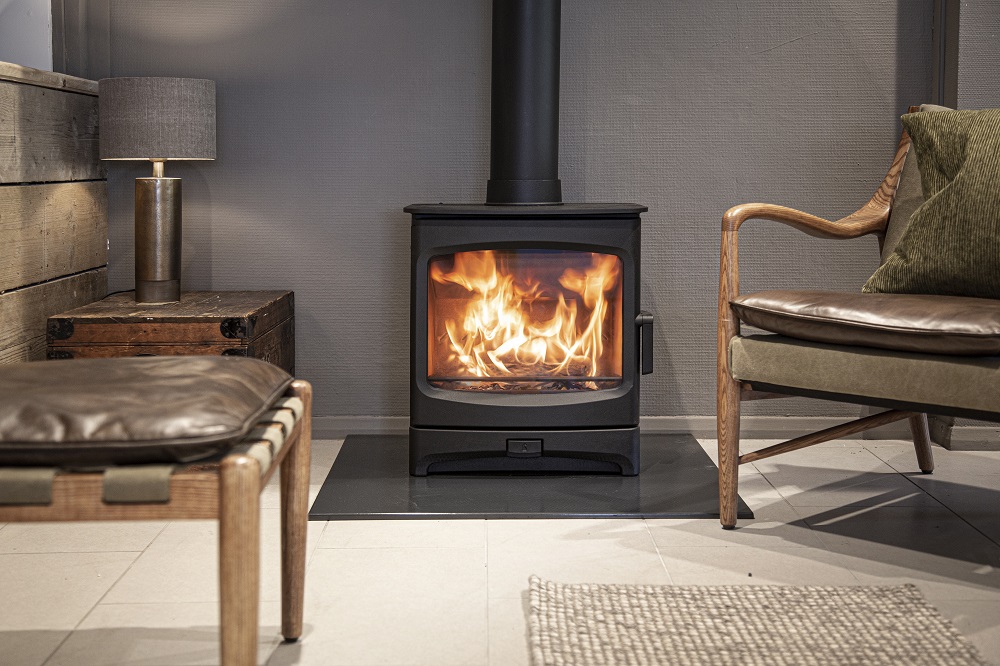
How to look after your stove glass
It is important to avoid;
Overheating:
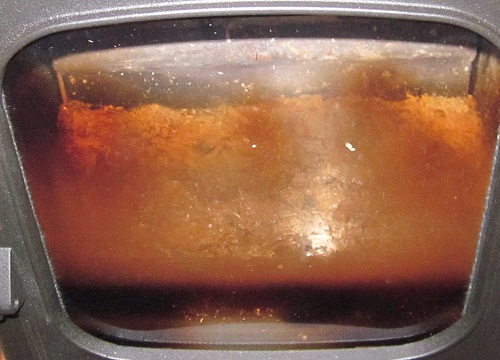
One of the main causes of damaged glass or cracks is overheating. If the stove is burning too hot, the temperature can become so high that it causes the glass cracks or even crazes. To prevent overheating, it's important to make sure that you're using the correct fuel, correct size log and correct load.
Poor Air Supply:
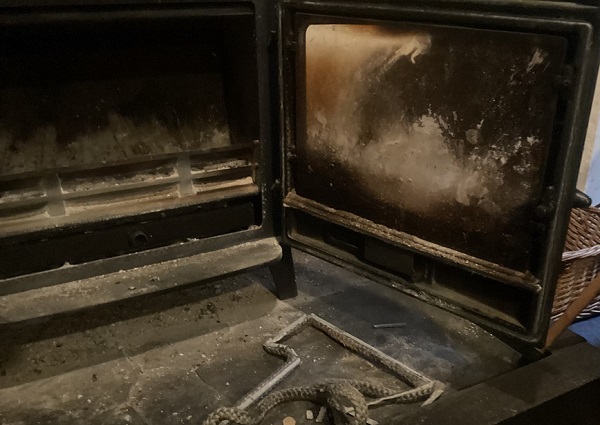
Another cause of black stove glass is poor air supply. If the stove doesn't have enough air to support the fire, it can cause the fire to go into slumber, leading to black stove glass and creosotes to build up. To prevent this from happening, make sure that the air vents on your stove are not blocked, and that the stove is properly vented. Always maintain airwash flow (do not fully close the secondary air flow) Always follow the stove operating instructions to ensure you are using the air controls properly.
Poor Quality Fuel:
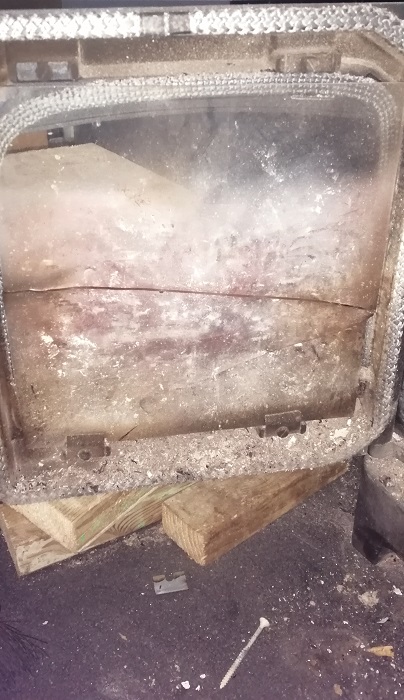
Example of damage from burning treated timbers
If you're using poor quality fuel, it can cause the stove glass to become black or crack. Poor quality fuel can contain a lot of impurities, which can cause the fire to burn hotter, leading to damage to the stove glass. To avoid this, make sure you're using high-quality fuel that is appropriate for your stove. Fuels to avoid are wet logs (moisture content exceeeds 20%), treated timbers or off cuts, house coal with a high pet coke %
Mixing fuels:
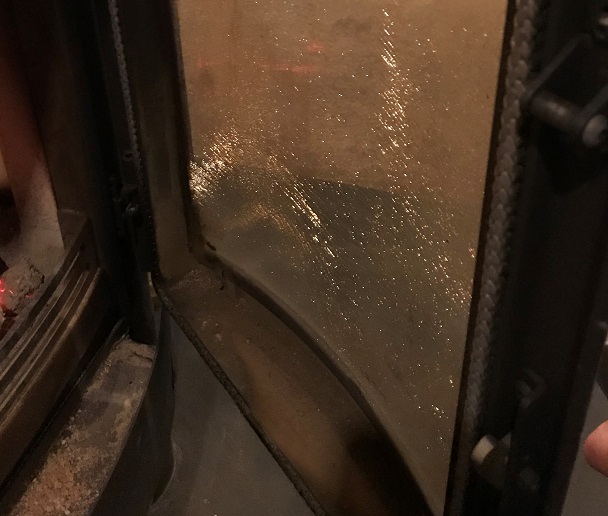
You should never burn Wood and Solid fuel at the same time in a closed appliance as it could cause your glass to craze or go cloudy. This is usually permanent damage.
Incorrect Use: If you're using the stove incorrectly, it can cause the fire to burn too hot, leading to damage to the stove glass. To avoid this, make sure you're following the manufacturer's instructions and using the stove correctly. You Stove installer should always explain how to use the stove and leave you with the manufacturers instructions as part of the commission of the stove.
Impact from Overloading - always place the recommended log size into your woodburner using a stove glove. Overloading your fire or not placing the log carefully into the fire can cause the log to impact the door glass and crack the stove glass.
Spillage - Spilling cold liquids on hot glass will crack the glass
Overtighened Glass clips - if the glass clips are too tight when the glass expands when heating up this will cause the glass to crack. Usually the crack will be from the glass clip.
Replacing stove glass -When replacing your stove glass we recommend the glass seal is also replaced.
Damage to a wood burning stove glass can be caused by a number of factors, including overheating, poor air supply, poor quality fuel, and incorrect use. By taking steps to prevent these issues, you can help to ensure that your stove glass remains in good condition and that your stove is operating efficiently and safely. If you're unsure about how to prevent black stove glass or cracks, or if you need assistance with your stove, it's always a good idea to speak to a professional.